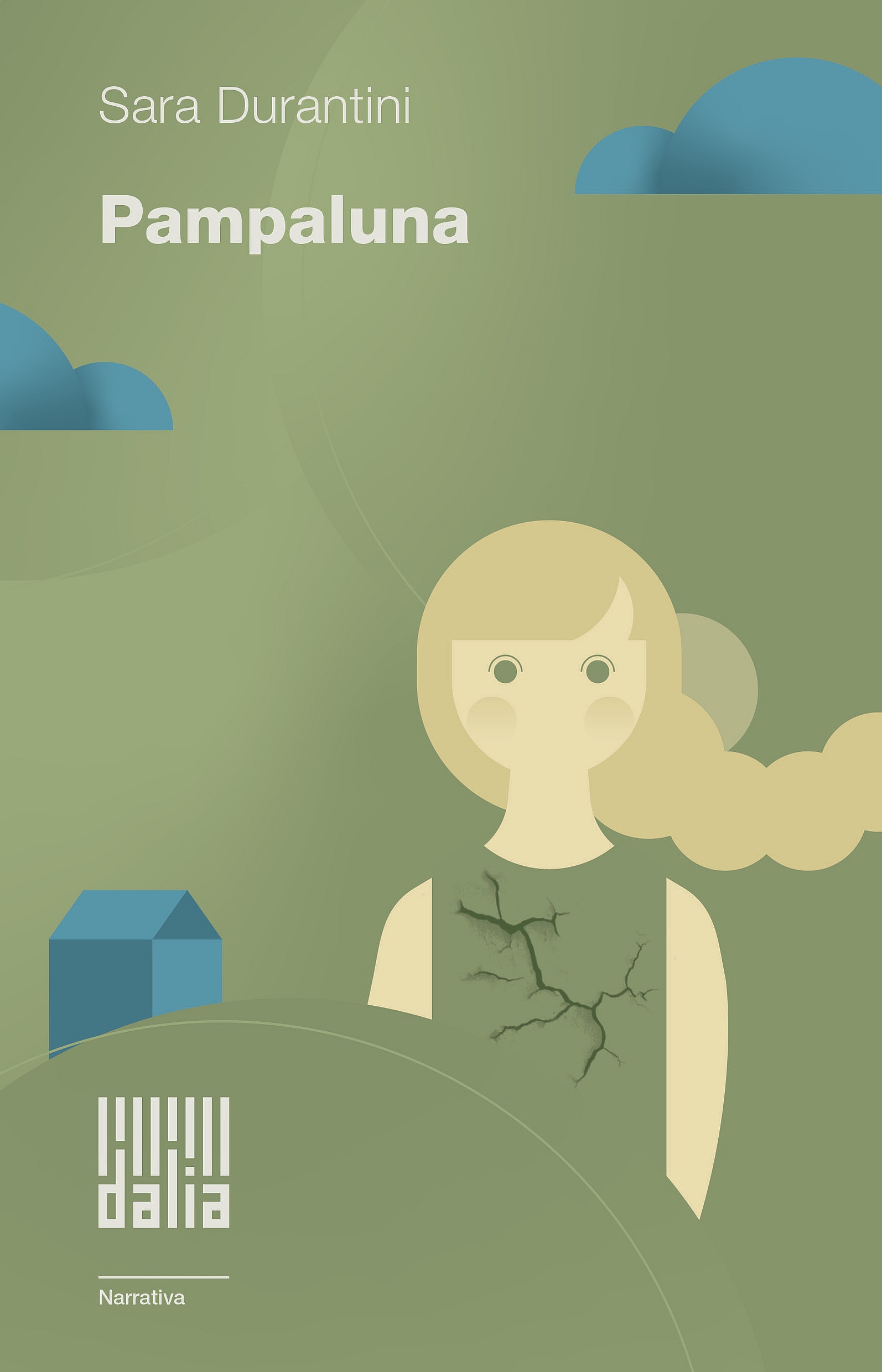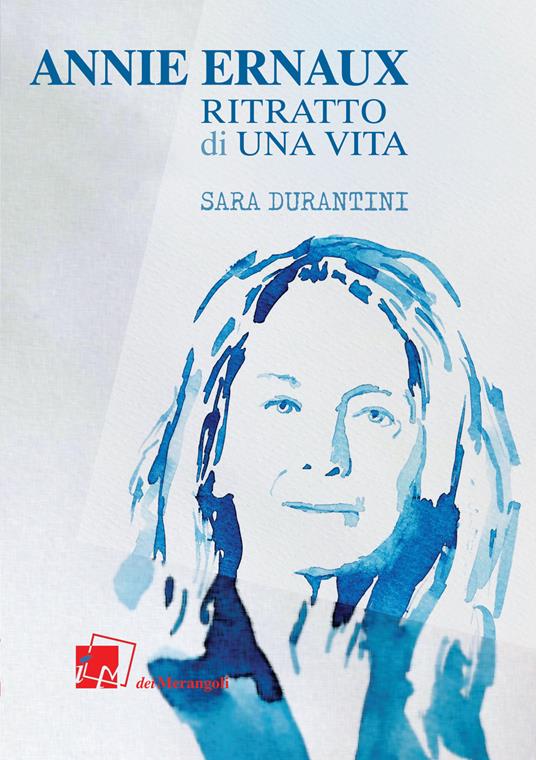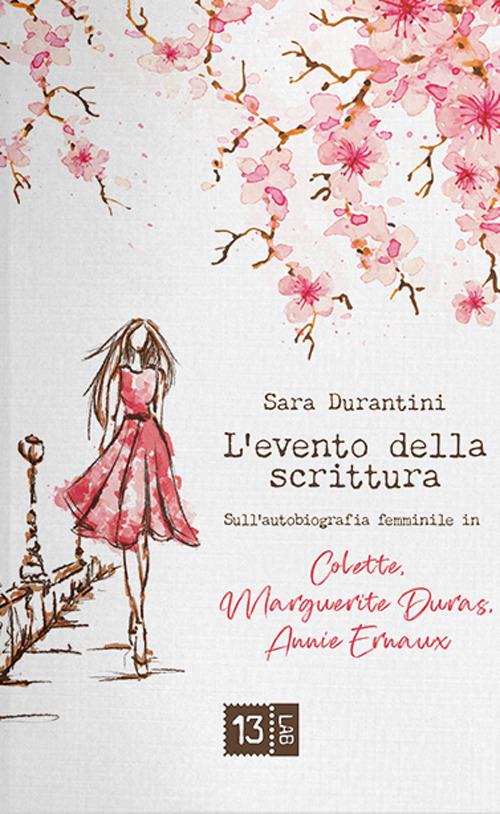Interview Pedro Takahashi: illustrazioni surrealiste
La prima intervista dell'anno è dedicata a Pedro Takahashi. Dal realismo magico al simbolismo: quella di Takahashi è un'arte fatta di simboli e segni, di stili che si intrecciano, di immagini che ritornano tra un quadro e l'altro formando un continuum artistico.
Qualche giorno fa gli abbiamo rivolto alcune domande per conoscerlo da vicino.
I want to start by talking about your background, your culture and your childhood. Can you tell us something about yourself?
P.T.: Just like the kids of my generation, I grew up watching Disney and Looney Tunes cartoons. I remember I asked my father to draw characters in my notebook to copy.
Then I started to get interested in animes: pokémon, digimon, dragon ball, naruto, bleach, full metal alchemist…
And after I entered college I began to learn about artistic movements and styles. In a way all these stages influenced the art I do today.
Proprio come i bambini della mia generazione, sono cresciuto guardando cartoni animati di Disney e Looney Tunes. Ricordo di aver chiesto a mio padre di disegnare i protagonisti dei cartoni nel mio taccuino per poterli copiare.
Poi ho iniziato ad interessarmi agli anime: Pokémon, Digimon, Dragon Ball, Naruto, Bleach, Fullmetal Alchemist…
Dopo essere entrato all'università ho iniziato a conoscere i movimenti e gli stili artistici. In un certo senso tutte queste fasi hanno influenzato l'arte che faccio oggi.
What literature works have influenced and helped in the type of works you paint?
P.T.: I can quote the books that have impacted me the most. Some works of Jung in which he talks about the unconscious and about archetypes. The Temple of the Golden Pavilion by Yukio Mishima, Hobbit and The Lord of the Rings Trilogy and The Divine Comedy by Dante Alighieri.
Posso citare i libri che mi hanno colpito di più. Alcune opere di Jung in cui parla dell'inconscio e degli archetipi. Il Tempio del Padiglione d'oro di Yukio Mishima, Hobbit e La trilogia del Signore degli Anelli, La Divina Commedia di Dante Alighieri.
Your artistic production is identifiable as “Magic Realism” (myths by Latin-America). Do you agree with this description?
P.T.: Yes, my art has a realistic basis and also something magical and surreal. I let my imagination flow freely and imagine things that I would like to see in the real world.
Sì, la mia arte ha una base realistica e ha anche qualcosa di magico e surreale. Lascio scorrere liberamente la mia immaginazione e immagino cose che vorrei vedere nel mondo reale.
When we look at the female form in your work what are we seeing?
P.T.: Actually I never thought much about it but we can look for explanations. Throughout the history of art we find innumerable representations of Venus from prehistory to the present day, perhaps unconsciously this archetype of Venus has arisen in the feminine forms of my art.
In realtà non ci ho mai pensato molto, ma possiamo cercare spiegazioni. In tutta la storia dell'arte troviamo innumerevoli rappresentazioni di Venere dalla preistoria ai giorni nostri, forse inconsciamente questo archetipo di Venere è sorto nelle forme femminili della mia arte.
What counsel would you give the younger generations of artists?
P.T.: I still consider myself a young artist, after all I am 25 years old but I would say the following for the artists even younger than me: it all depends on how much you dedicate yourself to something, if I managed to create beautiful works it was because I dedicated myself a lot and not because I was born with talent.
Mi considero ancora un giovane artista, dopo tutto ho 25 anni ma direi quanto segue per gli artisti anche più giovani di me: tutto dipende da quanto ti dedichi a qualcosa, se sono riuscito a creare opere bellissime è stato perché mi sono dedicato molto e non perché sono nato con un talento.
E considerando la giovane età di Pedro Takahashi non possiamo che confermare la sua tenacia, la sua passione e la determinazione per quello che, a tutti gli effetti, è diventato il suo lavoro. Attendiamo altre opere di Takahashi.
La maturità artistica porterà ad approfondire ulteriori elementi dell'immaginifico.
Per le sue opere: https://www.behance.net/takah
Qualche giorno fa gli abbiamo rivolto alcune domande per conoscerlo da vicino.
I want to start by talking about your background, your culture and your childhood. Can you tell us something about yourself?
P.T.: Just like the kids of my generation, I grew up watching Disney and Looney Tunes cartoons. I remember I asked my father to draw characters in my notebook to copy.
Then I started to get interested in animes: pokémon, digimon, dragon ball, naruto, bleach, full metal alchemist…
And after I entered college I began to learn about artistic movements and styles. In a way all these stages influenced the art I do today.
Proprio come i bambini della mia generazione, sono cresciuto guardando cartoni animati di Disney e Looney Tunes. Ricordo di aver chiesto a mio padre di disegnare i protagonisti dei cartoni nel mio taccuino per poterli copiare.
Poi ho iniziato ad interessarmi agli anime: Pokémon, Digimon, Dragon Ball, Naruto, Bleach, Fullmetal Alchemist…
Dopo essere entrato all'università ho iniziato a conoscere i movimenti e gli stili artistici. In un certo senso tutte queste fasi hanno influenzato l'arte che faccio oggi.
What literature works have influenced and helped in the type of works you paint?
P.T.: I can quote the books that have impacted me the most. Some works of Jung in which he talks about the unconscious and about archetypes. The Temple of the Golden Pavilion by Yukio Mishima, Hobbit and The Lord of the Rings Trilogy and The Divine Comedy by Dante Alighieri.
Posso citare i libri che mi hanno colpito di più. Alcune opere di Jung in cui parla dell'inconscio e degli archetipi. Il Tempio del Padiglione d'oro di Yukio Mishima, Hobbit e La trilogia del Signore degli Anelli, La Divina Commedia di Dante Alighieri.
Your artistic production is identifiable as “Magic Realism” (myths by Latin-America). Do you agree with this description?
P.T.: Yes, my art has a realistic basis and also something magical and surreal. I let my imagination flow freely and imagine things that I would like to see in the real world.
Sì, la mia arte ha una base realistica e ha anche qualcosa di magico e surreale. Lascio scorrere liberamente la mia immaginazione e immagino cose che vorrei vedere nel mondo reale.
When we look at the female form in your work what are we seeing?
P.T.: Actually I never thought much about it but we can look for explanations. Throughout the history of art we find innumerable representations of Venus from prehistory to the present day, perhaps unconsciously this archetype of Venus has arisen in the feminine forms of my art.
In realtà non ci ho mai pensato molto, ma possiamo cercare spiegazioni. In tutta la storia dell'arte troviamo innumerevoli rappresentazioni di Venere dalla preistoria ai giorni nostri, forse inconsciamente questo archetipo di Venere è sorto nelle forme femminili della mia arte.
What counsel would you give the younger generations of artists?
P.T.: I still consider myself a young artist, after all I am 25 years old but I would say the following for the artists even younger than me: it all depends on how much you dedicate yourself to something, if I managed to create beautiful works it was because I dedicated myself a lot and not because I was born with talent.
Mi considero ancora un giovane artista, dopo tutto ho 25 anni ma direi quanto segue per gli artisti anche più giovani di me: tutto dipende da quanto ti dedichi a qualcosa, se sono riuscito a creare opere bellissime è stato perché mi sono dedicato molto e non perché sono nato con un talento.
E considerando la giovane età di Pedro Takahashi non possiamo che confermare la sua tenacia, la sua passione e la determinazione per quello che, a tutti gli effetti, è diventato il suo lavoro. Attendiamo altre opere di Takahashi.
La maturità artistica porterà ad approfondire ulteriori elementi dell'immaginifico.
Per le sue opere: https://www.behance.net/takah





















Nessun commento: